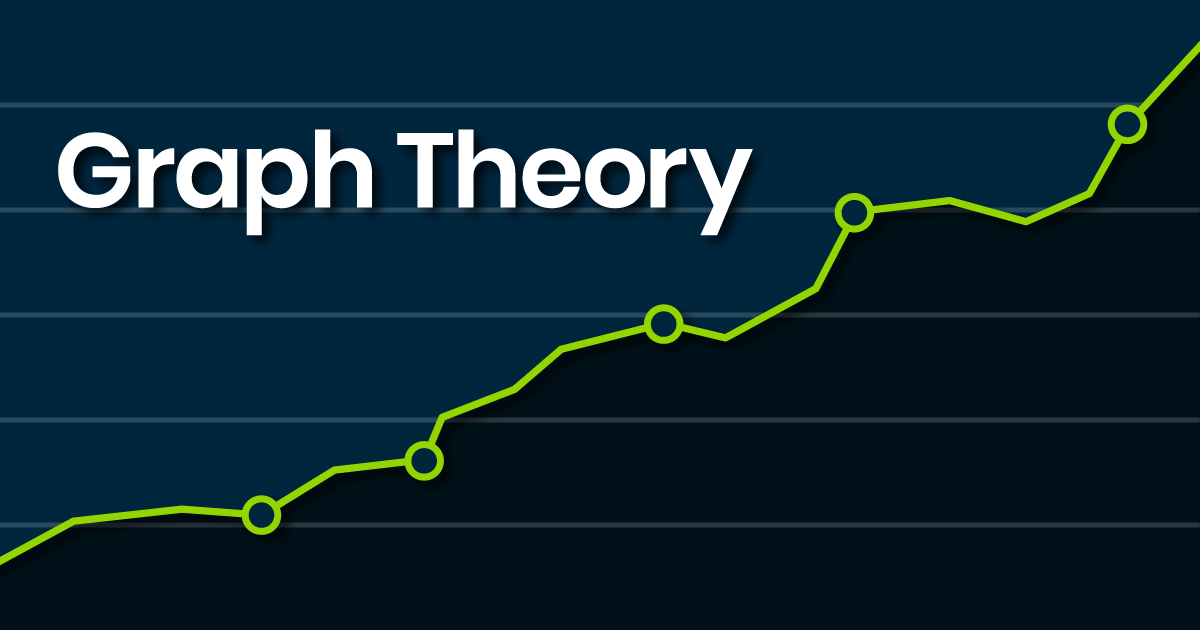According to the Insurance Information Institute, insurance fraud makes up nearly 10 percent of all U.S. property-casualty insurance losses and loss adjustment expenses every year, adding up to approximately $34 billion annually. Unfortunately, the number of fraudulent claims continues to grow. Today, property and casualty insurers are fighting back by taking advantage of new technology. Included in their fraud-fighting arsenal is the process of graph theory.
 What is graph theory?
What is graph theory?
Fraud detection depends on an ability to analyze the relationships between consumers and transactions, identifying key patterns or trends that may indicate possible fraudulent activity. And while modern fraud-detection systems have been useful in catching single fraudsters, more sophisticated fraud rings are knowledgeable to the point they can avoid being spotted by traditional efforts. Moreover, standard business rules for underwriting claims processes are generally labor-intensive and slow and can result in false positives when it comes to detecting cases of true fraud.
Graph theory, in the simplest of terms, is a process that makes a connection between two presumably unrelated units of information. That information, the data points, are then graphed and analyzed. When concerns arise, insurers are sent a type of “red flag” that alerts them to possible fraud-related incidents.
 What does data have to do with it?
What does data have to do with it?
The internet of things has allowed insurance companies to capture and store an infinite amount of consumer data from a wide range of sources (think social media, vehicle telematics, and smart devices). However, these data sets are often large, making them difficult to study to gain insight into possible fraudulent activities.
According to the Coalition Against Insurance Fraud, the issues many insurance companies have with all this data are volume, velocity, and variety. In short, not only are insurers sitting on large blocks of data, but it’s flowing in at a rapid clip, and the mix of data points makes it difficult to organize and analyze. The result? Data that remains stored and unused – despite its potential for fraud-fighting insight. Graph theory solves these concerns with the use of NoSQL databases. Not only are these types of databases capable of storing large amounts of data (including unstructured data), they also have the power to expand and scale to accommodate growth.
Another data-related attribute of the graph theory process is that it operates in a single-server environment and uses visual formatting. These capabilities allow insurers to immediately identify suspicious claim activity and relationships that may warrant further investigation. Additionally, this type of graph database can be used to search various insurance companies, providing a way for insurers to uncover similarities in potential fraudulent patterns and behaviors by connecting the data dots across multiple channels and at all stages of the insurance life cycle. This allows for improved transparency for an even quicker detection of anomalies.
 Is graph theory for everyone?
Is graph theory for everyone?
The storage and analysis capabilities of graph theory have the power to improve insurance fraud-fighting efforts in all sectors of insurance – whether data is stored on a legacy system or on another type of platform. A progressive data management system that includes graph theory can be an efficient, cost-effective way for large and small carriers to filter data points that better detect potentially unseen links between fraudsters and crime rings, as well as to detect fraud patterns that otherwise may go unnoticed.
Wondering which new insurance industry technology trends are on deck for 2019? Be sure to check out our blog, “Insurance Industry: 12 Trends for 2019” to read about top modernization plans insurance companies are beginning to ponder as we move into the new year. And if you’re ready to get started on your own new tech initiatives for streamlining policyholder premium payments, give us a call. Using a single digital payment platform, we can help you engage with policyholders throughout their journey in the channels they use the most.


